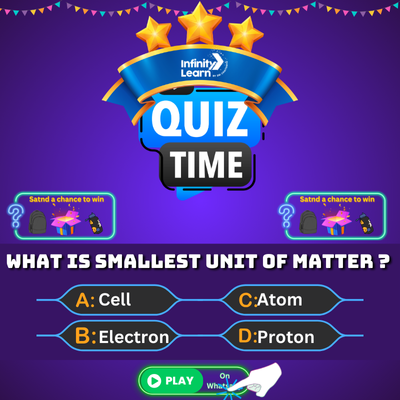About Disaccharides A disaccharide is a type of sugar molecule formed by the covalent bonding of two monosaccharides. The two […]
Uncategorized
Nuclear Power Plant – Explanation, History, Structure, and FAQs
What are Nuclear Power Plants? ; Nuclear power plants are facilities that use nuclear energy to generate electricity. The process […]
Lithium Bromide – Chemical Formula, Properties, Structure and Uses
What is Lithium Bromide? Lithium Bromide is a chemical compound with the formula LiBr. It is a white solid that […]
Preparation of Mohr’s salt Practical Experiment – Theory, Procedure, Table
preparation-of-mohrs-salt Mohr’s salt is an inorganic compound with the formula MgSO 4 ·7H 2 O. It is a white solid […]
Uses of Phenol | Structural Formula of Phenol
Uses of Phenol Phenol is an aromatic organic compound that has a wide variety of uses. It is used as […]
Quartz – Mineral | Introduction, Existence, Importance and Production
What is Quartz? Quartz is a type of mineral found in abundance throughout the world. It is composed of silicon […]
Concept of Molar Mass – Formula and Chemical Computation
Molar Mass ; The molar mass of a substance is the mass of one mole of that substance. It is […]
Electronic Configuration of Group 15 Elements
Electronic Configuration and Octet Rule Electronic configuration is the distribution of electrons in an atom. The octet rule states that […]
Lawrencium – Definition, Structure, Properties, Applications and Health Effects
What is Lawrencium? Lawrencium is a synthetic radioactive element with the symbol Lr and atomic number 103. It is the […]
Gibbs Free Energy – Definition, History and Reactions
Gibbs Free Energy Gibbs free energy is a thermodynamic quantity that measures the maximum amount of work that can be […]


